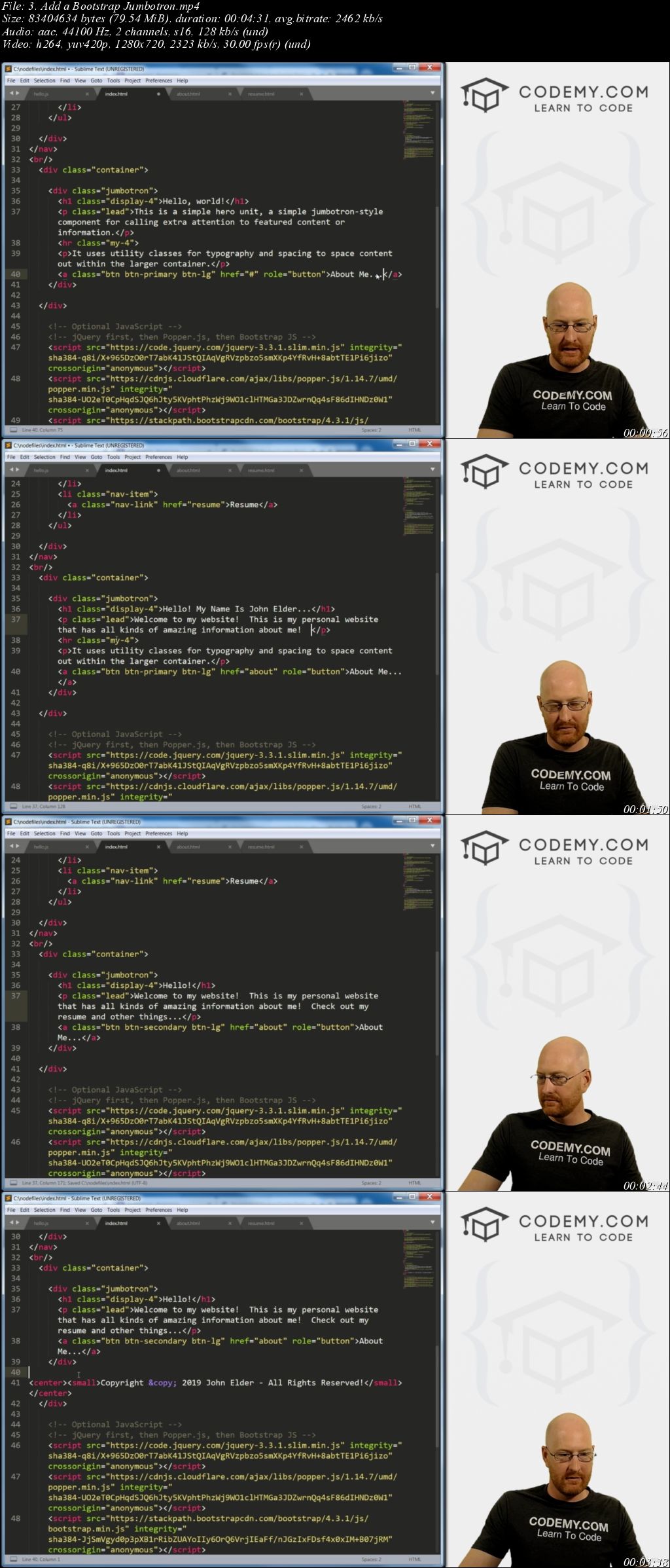
To understand all the options, write global in a Node REPL (read-eval-print-loop) and write global.

It’s called Node because it is used to create simple single-process blocks called nodes. Once you know why it is called Node, you will also know how it works. Realize the significance of the name “Node” If you think learning Node.js will be the next step towards advancing your career below is a typical ultimate guide to Node.js for beginners that will help you achieve it.

How to Get Started Learning Node.js for Beginners However, it is mainly used to build network programs like web servers, similar to PHP, Java, or ASP.NET. Node.js can be used to build different types of applications such as command-line applications, web applications, real-time chat applications, REST API servers, etc. It provides an event-driven, non-blocking (asynchronous) I/O and cross-platform runtime environment for building highly scalable server-side applications using JavaScript. Node.js is an open-source server-side runtime environment built on Chrome’s V8 JavaScript engine. Let’s start with what our guide to Node.js for beginners is all about. I’ll start with a short description of what Node is and what a guide for Node.js for beginners looks like, giving you some examples and concepts and also some resources. So here I will provide you with a guide that I had wished I had when I was just starting.

There are a good number of resources out there to learn Node.js from scratch, but not all of them give you the background, tools, and resources you need to succeed to create a web server in Node.js. One of the most accepted and popular and easiest ways to write JavaScript is using Node.js so here you will find the ultimate guide to Node.js for beginners. It can easily be run in your browser, on your desktop or a server, or even on your phone as an app. JavaScript is without a doubt one of the most popular programming languages out there today and with good reason.


 0 kommentar(er)
0 kommentar(er)
